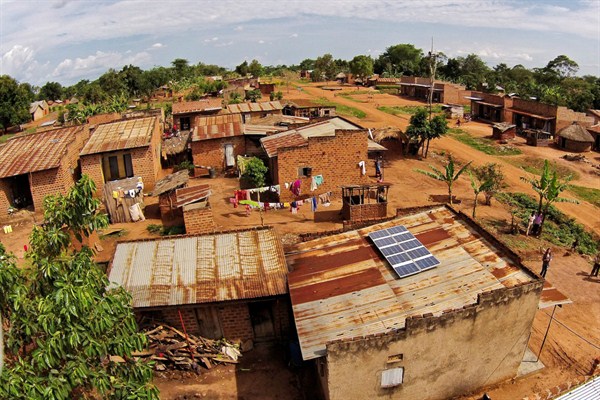Earlier this year, the U.S. Congress passed the Electrify Africa Act, ensuring the continuation of U.S. President Barack Obama’s “Power Africa” initiative, which aims to expand power-generation capabilities across the continent. In an email interview, Ilmi Granoff, a senior research associate at the Overseas Development Institute, discussed the state of Power Africa and power generation in Africa.
WPR: Broadly speaking, what are the current power-generation capabilities of sub-Saharan Africa, and where are the biggest shortfalls?
Ilmi Granoff: The entire installed capacity of sub-Saharan Africa is about 76 gigawatts (GW). The shortfalls are enormous: South Africa has 48 of those 76 GW, leaving the rest of sub-Saharan Africa with a meager 28 GW of installed capacity. Only seven countries have electricity access in excess of 50 percent: Cameroon, Cote d’Ivoire, Gabon, Ghana, Namibia, Senegal and South Africa. For the rest, most of their populations live in electricity poverty. Sub-Saharan Africa therefore suffers from both a crippling shortfall of power supply for industry, commerce and urban residential demand, and also a major gap in basic electricity services to the rural poor.

